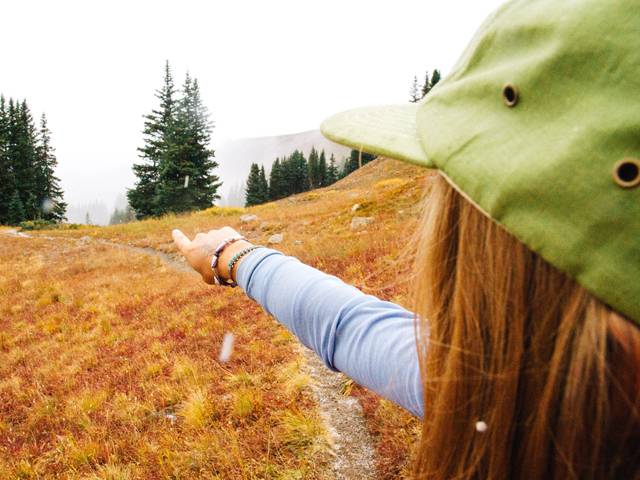Dr Catherine Olsen Highest Rates of Invasive Melanoma Interview

Australia's Melanoma Rates Once Again Highest in the World
Australia has regained the unenviable title of having the world's highest rates of invasive melanoma.
The study conducted by QIMR Berghofer Medical Research Institute has found that invasive melanoma rates in Australians have plateaued, while rates in New Zealand have started to fall.
It is an update of the findings of a 2016 study by QIMR Berghofer, which showed New Zealand had the highest rates in the world.
Invasive melanoma is the deadliest form of skin cancer, which is capable of spreading to other parts of the body.
The study was published in The Journal of Investigative Dermatology.
Interview with Dr Catherine Olsen, Lead Author, Cancer Control Group, QIMR Berghofer Medical Research Institute
Question: Why do you believe Australia has regained the title of having the world's highest rates of invasive melanoma?
Dr Catherine Olsen: Yes – our analysis of the most recently available data (for the year 2015) show that melanoma rates were slightly higher in Australia compared with New Zealand (50 per 100,000 persons in Australia; 47 per 100,000 persons in New Zealand).
Question: How can we continue to prevent melanoma?
Dr Catherine Olsen: By following the 'Slip, Slop, Slap, Seek, Slide' recommendations.
Question: New Zealand melanoma rates have started to fall. What is New Zealand doing differently to Australia?
Dr Catherine Olsen: The main difference between the populations of Australia and New Zealand is in the 60-plus age groups. In Australia, invasive melanoma rates are still rising in the over-60s, while in New Zealand melanoma rates have stabilised in people aged 60-79 years, with rates continuing to rise only among those aged over 80. In contrast, rates are declining in people aged under 60 years in both countries. These differences reflect historical trends in behaviour in relation to sun exposure in both countries.
Question: What community-wide skin cancer prevention programs could Australia implement to reduce our melanoma rates?
Dr Catherine Olsen: We know melanoma rates will be higher in people aged 60 and over because those people sustained skin damage before sun safety awareness campaigns were introduced, and those melanomas are only appearing now, many decades after the cancer-causing exposure to sunlight occurred. However, that doesn't mean melanoma is inevitable in the 60-plus age group. The over-60s can still reduce their risk of developing melanoma in future by following the skin cancer prevention recommendations (Slip, Slop, Slap, Seek, Slide).
Interview by Brooke Hunter
MORE





